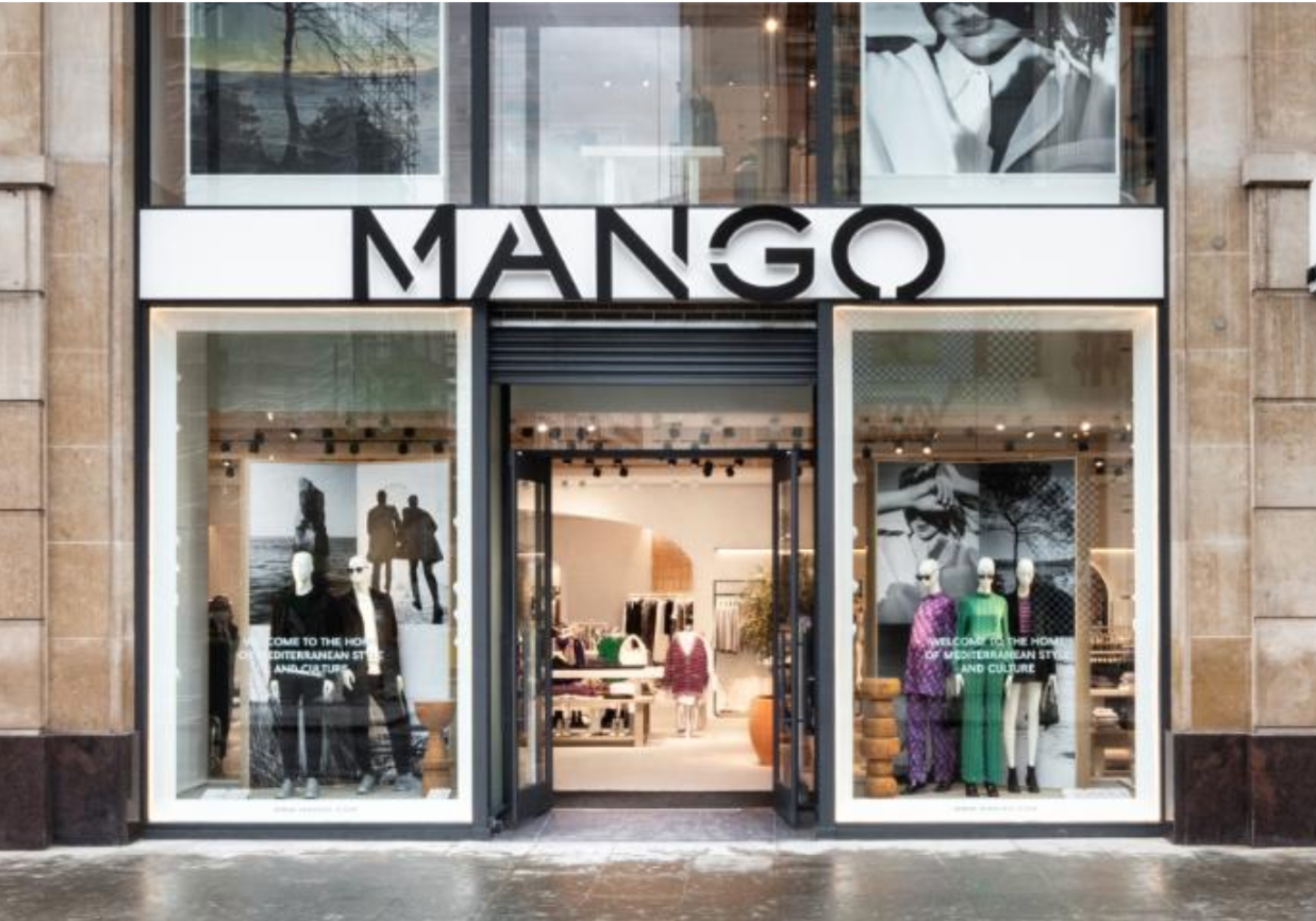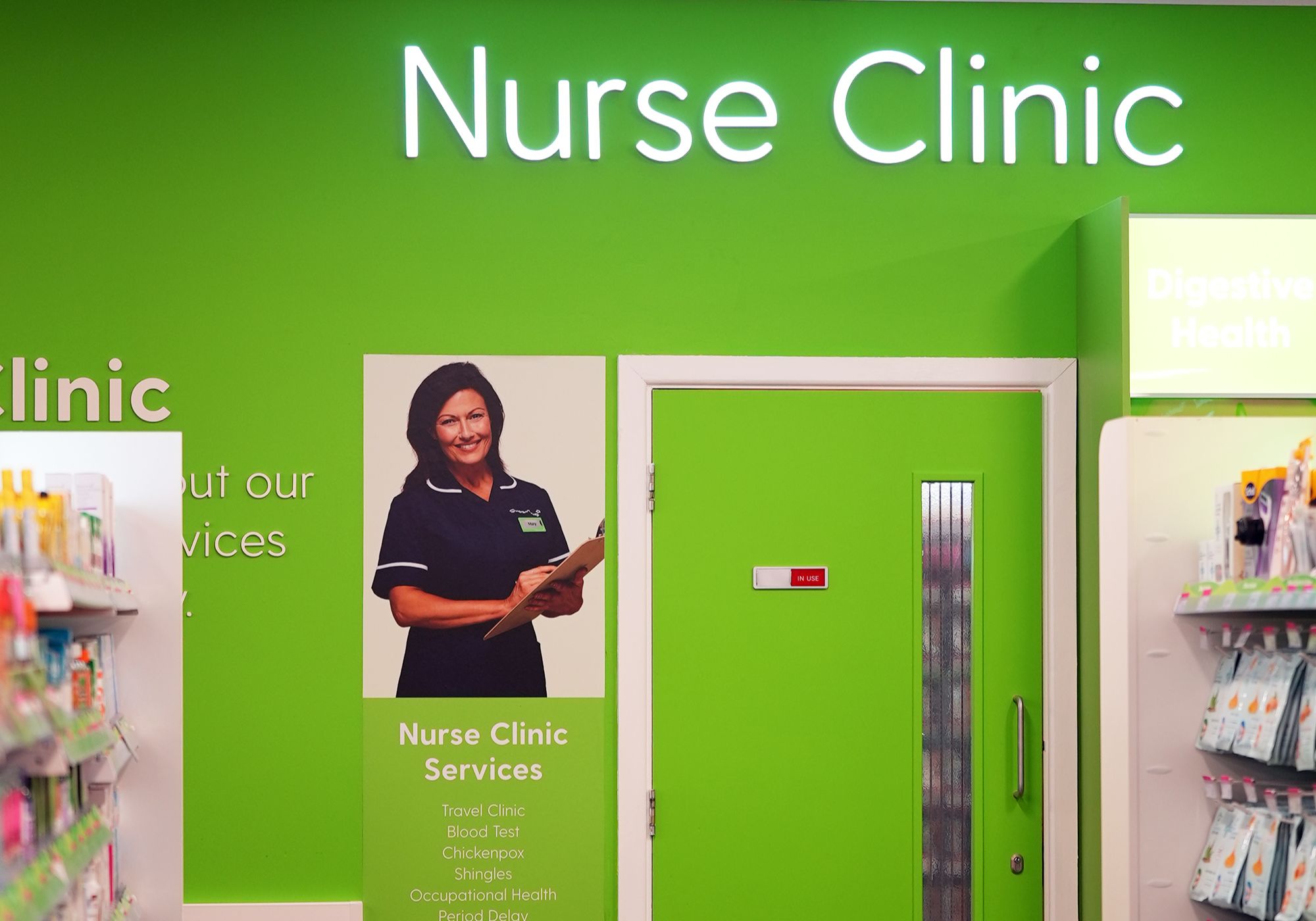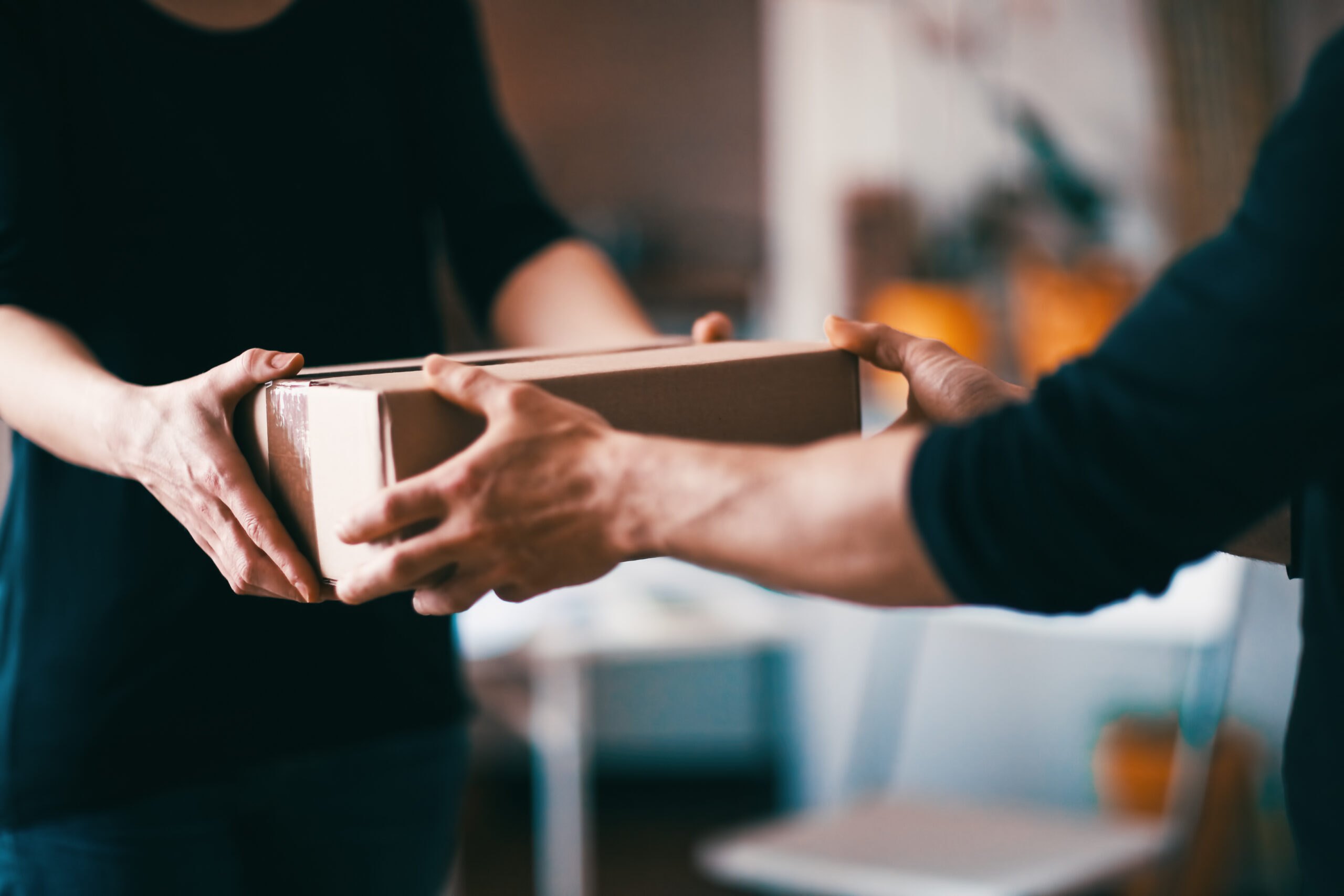Ittay Hayut, CEO at hoopo, weighs up different connectivity protocols such as GPS and LPWA and how they might enable supply chain IoT.
The Internet of Things (IoT) has been heralded as a saviour of the retail supply chain industry for some time. The benefits of product tracking and location tech is undisputed, and yet according to Gartner uptake will not reach maturity for another five years or so. Why?
Until now, tracking solutions have been too expensive for mass deployment or too low on battery life to do the job properly. Low-power, wide-area (LPWA) protocols are tackling that problem and could save businesses millions.
The first stage for retail companies, however, is to identify and address the supply chain issues that are so detrimental for their businesses.
Improving the retail supply chain
The most ubiquitous geolocation technology currently used for IoT tracking is the Global Positioning System (GPS). This has its benefits for the tracking of vehicle fleets and products in transit. However, for retailers that want to incorporate IoT technology to track their non-motorised inventories and shipment portfolios, GPS still leaves a lot to be desired, particularly across lengthy supply chains.
Currently, when compared with its radio frequency-based alternatives, GPS requires a significantly higher amount of power from the tracking device, which drastically increases the cost to run the equipment, rapidly drains the battery life and, most importantly, is unable to operate indoors. This is extremely limiting and costly for a retail business with a sprawling supply chain and a number of warehouses for storage. Knowing exactly where your shipment is and when, as well as the status of the products inside, is paramount to maintaining control and ensuring the quality of the modern supply chain, but if tracking devices frequently need to be replaced or recharged, the whole supply chain is disrupted
However, while IoT deployments remain in their infancy, GPS is still the prevalent geolocation system in use today.
The benefit of LPWA and LoRa
Clearly this must change for retailers to reap the benefits offered by low-power IoT-based tracking, and it will. LPWA protocols can generate an accurate position for a product without the use of GPS and can do so using a fraction of the power. This has been achieved by using LoRa (a long-range wireless communication protocol) data transmissions to calculate a product location and track it both outdoors and indoors. This uses very little power, ensuring the device tracking the product has a significantly longer battery life with little need for recharging or replacement. This saves time on maintenance and consequently reduces staff overheads.
Some retailers are already making use of LPWA technology to track display pallets in stores and pharmacies. In these instances, they are using the tech and the data it generates to ensure that they can optimise their online and televised marketing campaigns. They do so by using LPWA-based tracking to ensure that the goods they are advertising are the ones actually being displayed at the retail level – a common problem, especially at a peak season such as Black Friday. However, the benefits of LPWA extend much further than just the store.
The Amazon example
Amazon, for example, has a huge number of products located in warehouses all over the world. Amazon offers a 2-day delivery service-level agreement for its Prime customers and it’s already exploring ways to move this operation in-house instead of outsourcing to FedEx or UPS. This represents a significant challenge for its supply chain. If Amazon is unable to track and locate products in its warehouses, it makes it extremely difficult to provide the highest quality of service to their customer base by meeting order delivery times. In fact, it probably means many products would get lost, resulting in a loss of a contract with a customer or damage to its reputation among consumers.
Adding initiatives such as Amazon Fresh, which involves the shipping of fresh food produce, it is clear that having an understanding of a product’s location and status – i.e. has it been on the road for too long or has it surpassed the optimum temperature for storage – is absolutely of prime importance. With the US alone losing 40 percent of its food each year according to some reports, this could be a boon for the retail space. From an environmental standpoint, it could also go a long way to helping us tackle the impending food shortage that many countries face. In the battle to reduce waste, it is anticipated that regulations will soon become stricter to ensure that the quality of perishable goods is maintained along the supply chain.
The growth in volume of online and mobile retail will not abate and, consequently, supply chain and logistics efficiency has become one of the most valuable parts of the supply chain both in terms of cost saving and quality of service. Previously, IoT tracking has been an expensive investment that only some of the wealthiest retailers could afford. Now, LPWA tracking is so affordable, it’s a technology most retailers cannot afford to ignore.
Read more: Powering profits: How battery power holds the key to boosting asset tracking revenues






